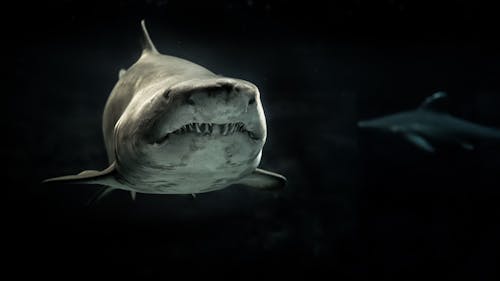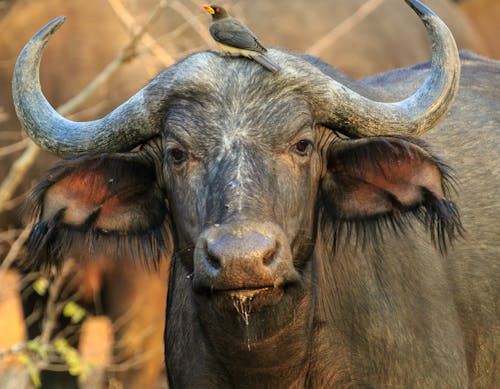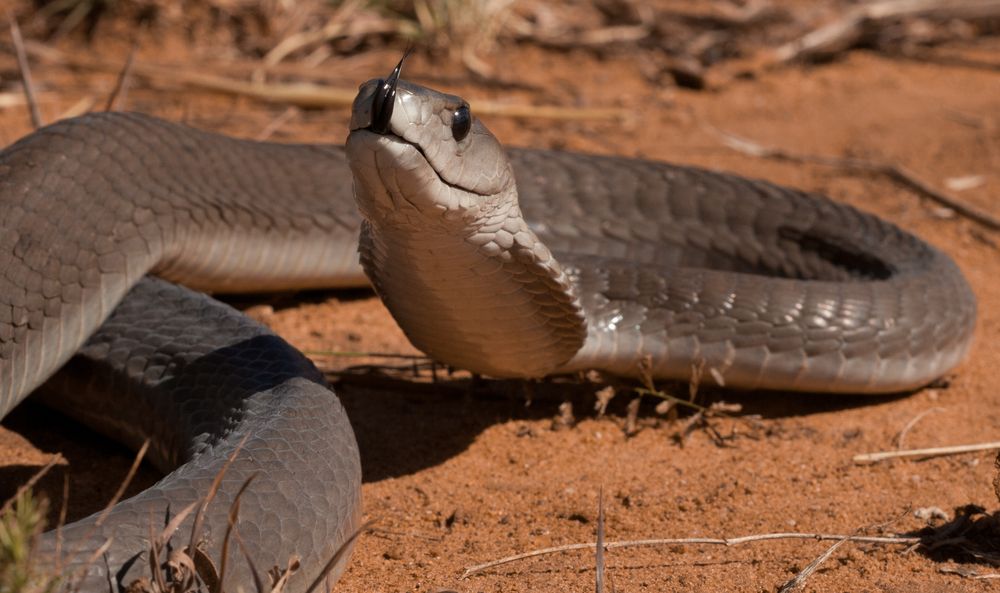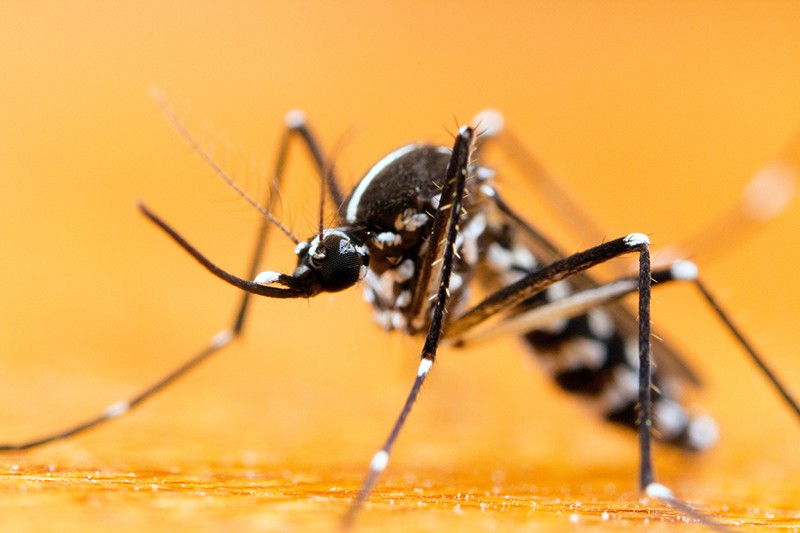
The 10 Most Dangerous Animals In The World
According to other people they might be other deadly species out there which we did not mention however by so doing we are not saying they are not dangerous. Again this list is based on what we have researched this is what we came around with. 
10.Cape Buffaloes
Cape buffaloes, which number around 900,000 and are found in sub-Saharan Africa, are a moderately mellow animal species when left alone, liking to make a trip in massive herds to graze in early-morning and late-evening hours or to assemble around water holes to remain hydrated.
Notwithstanding, in the event that one (or its calf) is threatened or injured, it turns into the manifestation of its moniker: dark demise.
Purportedly answerable for killing a larger number of hunters on the continent than any other creature, these behemoths, which can grow up to almost 6ft tall and gauge near 2,000lb, circle and stalk their prey prior to charging at paces of to 35 miles/hour.
They're additionally known to keep charging in the event that they're harmed, and won't spare a moment to assault moving vehicles. You would prefer not to play with those horns.
9. Cone Snail
Found in the warm waters of the tropics (the Caribbean, Hawaii and Indonesia), these delightful creatures, immediately unmistakable for their exceptionally valued, earthy colored and-white marbled shells, can be found in shallow profundities nearer to shore, close to coral reefs and rock developments and underneath sandy shoals.
In any case, don't set out to contact the gastropods, which can be up to six inches in length: their hid, spear like 'teeth' contain a perplexing toxin known as a conotoxin, making them quite possibly the most noxious types of snails.
On the off chance that you endure the unfortunate destiny of getting one of the modest bunch of individuals at any point stung, head to the clinic promptly, as there is no counter-agent.
The poison prevents nerve cells from speaking with each other, so the animal causes loss of motion inside minutes, in any case, given its epithet of cigarette snail, bears the cost of you about sufficient opportunity to smoke one preceding you pass on.
8.Golden Poison Dart Frog
The poison dart is the name of a huge, diverse group of brilliantly hued frogs that live mostly in northern South America, of which just a modest bunch of species are especially hazardous to people.
The most lethal, the golden toxin dart, possesses the little scope of rainforests along Colombia's Pacific coast, and develops to around two-inches in length (generally the size of a paper cut).
Its toxic substance, called batrachotoxin, is intense to the point that there's sufficient in one frog to murder 10 developed men, and only two micrograms is sufficient to slaughter a solitary person.
In any case, what makes the land and water proficient particularly hazardous is that its toxic substance organs are situated underneath its skin, which means a simple touch will raise a ruckus. It's little miracle the native Emberá individuals have bound the tips of their blow darts utilized for hunting with the frog's poison for quite a long time.
Tragically, deforestation has handled the frog on a few jeopardized records, however regardless of whether you do have an uncommon locating when hiking, don't go reaching for it.
7.Box Jellyfish
Often found floating (or moving at speeds close to five miles per hour) in the Indo-Pacific waters north of Australia, these transparent, nearly invisible invertebrates are considered by the National Oceanic and Atmospheric Administration to be the most venomous marine animal in the world.
Their namesake cubic frames contain up to 15 tentacles at the corners, with each growing as long as 10ft, all lined with thousands of stinging cells – known as nematocysts – which contain toxins that simultaneously attack the heart, nervous system, and skin cells.
While antivenins do exist, the poison is so powerful that many of the hundreds of reported victims each year go into shock, drowning or dying of heart failure before reaching shore.
Even if you are lucky enough to make it to the hospital and receive the antidote, survivors can sometimes experience considerable pain for weeks afterwards and bear nasty scars from the creature’s tentacles.
6.PufferFish
Pufferfish, also known as blowfish, are located in tropical seas around the globe, especially around Japan, China and the Philippines.
Though they’re the second most poisonous vertebrate on the planet (after the golden arrow dart frog), they’re arguably more dangerous as their neurotoxin, called tetrodoxin, is found in the fish’s skin, muscle tissue, liver, kidneys and gonads – all of which must be avoided when preparing it for human consumption.
Indeed, while wild encounters are certainly dangerous, the risk of death from a pufferfish increases when eating it in countries such as Japan, where it is considered a delicacy known as fugu and can only be prepared by trained, licensed chefs.
Even then, accidental deaths from ingestion occur several times every year. The tetrodotoxin is up to 1,200 times more poisonous than cyanide, and can cause deadening of the tongue and lips, dizziness, vomiting, arrhythmia, difficulty breathing, muscle paralysis and, if left untreated, death.
5.Black Mamba
Though species such as the Boomslang or king cobra are dangerous as a result of their poisons, the black mamba is especially deadly due to its speed.
Found in the savannas and rocky areas of southern and eastern Africa, the species (which can grow up to 14ft long) is the fastest of all snakes, slithering at speeds of up to 12.5 miles per hour, which makes escaping one in remote areas that much more difficult.
Thankfully, black mambas usually only strike when threatened – but when they do, they’ll bite repeatedly, delivering enough venom (a blend of neuro- and cardiotoxins) in a single bite to kill ten people. And if one doesn’t receive the correlative antivenin within 20 minutes, the bites are almost 100 per cent fatal..jpg)
4. Saltwater Crocodile
Florida's alligators may be scary, but they have nothing on their cousins, the fearsome crocodiles, which are more short-tempered, easily provoked and aggressive towards anything that crosses their paths.
Of all the species in the world, the largest – and most dangerous – is the saltwater crocodile, which inhabits the Indo-Pacific region ranging from parts of India and Vietnam all the way to northern Australia.
These ferocious killers can grow up to 23ft in length and weigh more than 2,000lb, plus they are known to kill hundreds each year (in fact, the entire crocodile population is responsible for more annual human fatalities than sharks).
Saltwater crocodiles are especially deadly as they’re excellent swimmers in both salt and freshwater (yes, the name is confusing), and can strike quickly with a bite delivering 3,700lb per square inch of pressure, rivalling that of the tyrannosaurus rex.
If that’s not enough to scare you, let’s put it in perspective: humans chomp into a well-done steak at around 200lb per square inch of pressure, a mere five per cent of the strength of a saltie's jaw.
3.Tsetse Fly
Often regarded as the world’s most dangerous fly, the tsetse – a small speck of an insect that measures up to 0.7 inches, or about the same size as the average house fly – is commonly found in sub-Saharan countries, especially those in the center of the continent including the Sudans, the Democratic Republic of the Congo and Angola.
While the flies themselves are nasty bloodsucking bugs that usually feed during the peak warm hours, their true terror lies in the protozoan parasites they spread known as trypanosomes.
These microscopic pathogens are the causative agent of African sleeping sickness, a disease marked by neurological and meningoencephalitis symptoms including behavioral changes and poor coordination, as well as the disturbances to the sleep cycle that give the illness its name. If left untreated, it can lead to death.
While there are no vaccines or medications available to prevent infection, methods of protection include opting for neutral-coloured clothing (the tsetse is attracted to bright and dark shades, especially blue), avoiding bushes during the day and wearing permethrin-treated gear in more remote areas.
2.Mosquito
Clocking in at just 0.1 inches at its smallest, the common mosquito, even tinier than the tsetse fly, ranks as the second most dangerous on our list due to the sheer amount of deaths each year attributed to the various pathogens carried by several of the more than 3,000 species around the world.
Found in every region on the planet except Antarctica, the irritating insects – particularly those from the genera aedes, anopheles and culex – are the primary vectors of diseases such as malaria, chikungunya, encephalitis, elephantiasis, yellow fever, dengue fever, West Nile virus and Zika, which collectively afflict an estimated 700 million people and kill roughly 725,000 per year.
As the World Health Organization notes, more than half of the human population is currently at risk from mosquito-borne diseases. Given that the pests are attracted to our body temperatures and the CO₂ we exhale, our best tools to prevent infection lie in the usage of insect repellents that are high in active ingredients such as DEET and picaridin.
1.Humans
Surprised? We’re animals, too, after all. And seeing as we’ve been killing each other for 10,000 years, with the total deaths resulting from war alone estimated at between 150 million and one billion, it’s a no-brainer that we top the list.
Though we are said to be living in the most peaceful period now than at any other time in our history, we still assault each other with incredibly high rates of senseless brutality, from gun violence in cities such as Munich and Florida’s Fort Lauderdale to terrorist attacks around the globe.
We're dangerous to other animals, too – think global warming and the destruction of forests and coral reefs.
Given the threat we pose to countless other creatures – and the fact that we often act irrationally and have the capacity to annihilate our entire planet with a host of horrifying weapons – we are easily number one on the list of the most dangerous animals in the world.




0 Comments
Your Comment Means A Lot!!